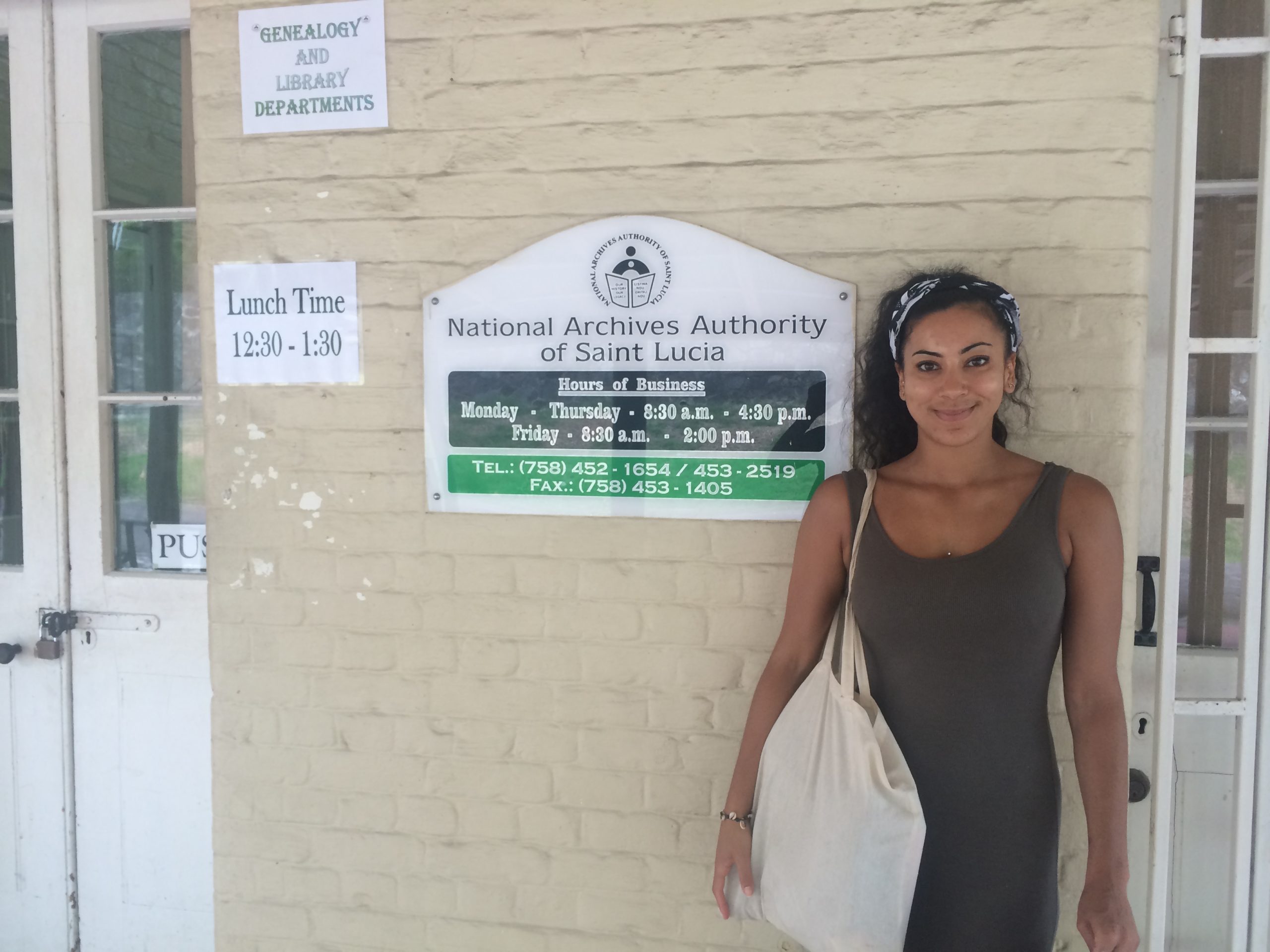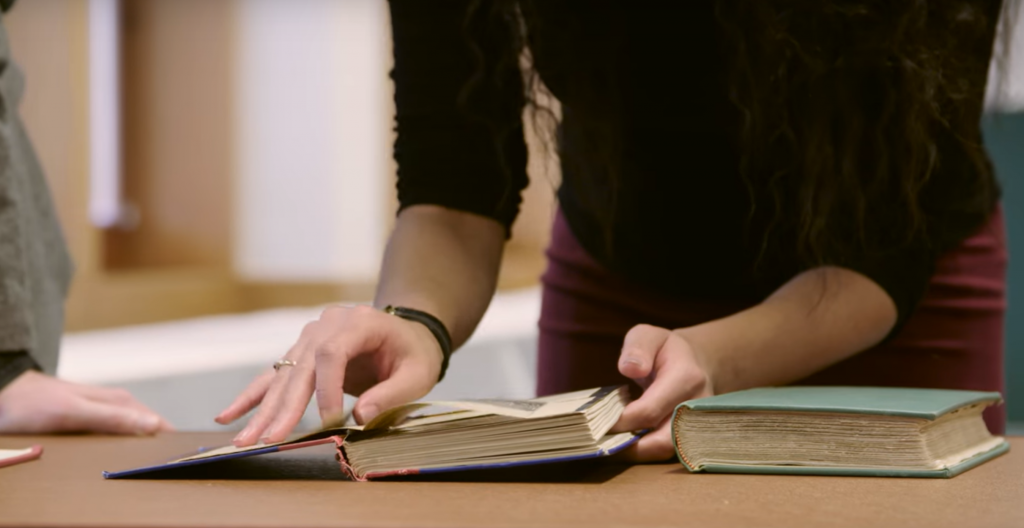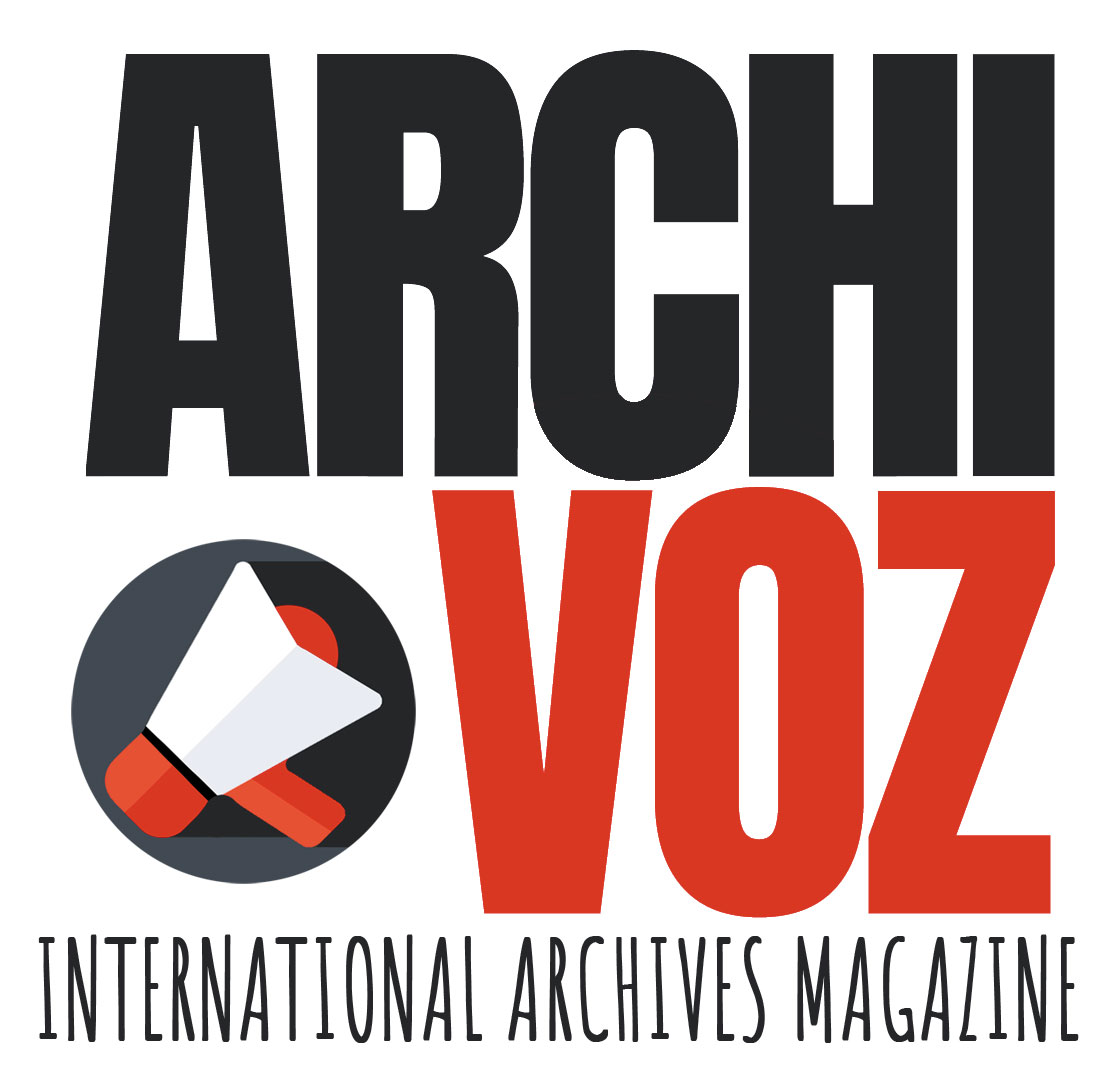Introduction
Researchers and archivists working on colonial collections face a number of challenges arising from the historical contexts of these materials: where they came from, how they were brought together (or separated), and who has been their custodian. In these circumstances, it is important that contemporary professionals do not repeat or entrench the mistakes of the past. In today’s climate, where it is no longer possible to ignore or silence the debates around decolonising collections and the repatriation of objects, high-profile institutions are having to act, and researchers and archive professionals have a responsibility to respond to the missteps of past generations.
Firstly, we must share the archives we use or care for with the people to whom they relate, allowing them to access what was lost or in most cases taken from them. Secondly, we have a responsibility to re-connect archives that have been dispersed and disrupted by colonialism. Finally, we have to write responsibly: rather than absorbing the errors of the past, we need to correct them. Researchers and archivists need to work together to fulfil these responsibilities, and this article outlines some ways to do so, with examples from both my own research and the wider field.
Share your archive with the people it relates to. Connect them with what they have lost/what has been taken from them.
The clearest and most radical way to connect audiences in former colonies with what they have lost is the repatriation and restitution of objects. Several institutions have begun to explore this. Recently the National Army Museum in London returned locks of hair belonging to Emperor Tewodros II of Ethiopia. Similarly, among a number of projects, the Pitt Rivers Museum in Oxford is engaged in an ongoing collaboration with the Maasai community, which has so far led not only to the repatriation of objects but also to a re-framing of how other objects are described and displayed.
Like museums, archives are also repositories of items such as documents, photographs, and letters. They too should work with researchers to determine how their collections may have created noticeable and unjust absences elsewhere. In some cases, it may be necessary to ‘return’ items or at least replicate and make them accessible to the communities from which they were (sometimes forcibly) removed. Archives may hold the letters of someone’s relatives, photographs of their ancestors, or documents that give otherwise lost insights into their family history, good or bad.
This was the case when Elizabeth Blackwood, an Oxford researcher, took referentially anthropometric photographs of the Kainai people of Alberta, Canada, back to that community during a visual repatriation project. The photographs allowed the Kainai people to tell stories of their past without using ‘the words of the white man’ which were the only previous physical records. Attaching their own stories to the photographs helped them to preserve their histories (Peers and Brown, 2009, p. 266). Many of the repatriated photographs are now used in genealogical histories and act as visual prompts for stories that were usually oral. Elizabeth Edwards writes that ‘visual repatriation is about finding a present for historical photographs’ and that working with photographs in this way also helps to democratise the use of collections, forcing institutions to reconsider whether they are the true owners of such items (Peers and Brown, 2009, p. 266).
Personally, as a researcher situated in what was once the centre of an empire, I have had privileged access both to material that is not available in its country of origin, and to a number of grants, travel bursaries, and other streams of funding that have allowed me to visit archives that are inaccessible to my peers based in former colonies. By building partnerships with archives and museums in the Caribbean, I have been able to connect my research with the communities to whom it was most relevant. Rather than waiting to share the final version of my thesis or academic papers, I shared information about photographs that I had found in other collections across the UK, USA, and Caribbean. As a result, the newly opened military museum at Newcastle in Jamaica was able to feature in their permanent displays photographs from an album that I had viewed in Yale’s Beinecke Library. It was important for the Jamaica Defence Force to access and own these images to better connect them to their own history. If I had waited until my thesis was published three years later, it would not have been possible for the images to be incorporated into the displays.
Re-connect archives that have been dispersed and disrupted by colonialism.
When working on disparate archives, it is common to find items that are replicated across a number of institutions. This is perhaps particularly true of photographs and printed materials of which numerous copies would have circulated throughout the British (or another European) Empire. In some cases, though, you may find parts of an archive in one institution and parts in another. As a researcher, it may be satisfying to find different pieces of the puzzle in different places, but how often do you inform those institutions of what you have found elsewhere? When carrying out research at the National Library of Jamaica, I came across an album compiled by Richard Glynn Vivian, who toured the Caribbean in the 1860s. The album contained three photographs of individual soldiers of the West India Regiment, one of which has been digitised and can be viewed online. After researching Glynn Vivian, I discovered that he was a prolific collector and that his entire collection was bequeathed to what is now the Glynn Vivian Art Gallery in Swansea, Wales. When I contacted the gallery to ask about corresponding materials in their collection, it transpired that they were unaware that a Jamaica scrapbook existed. I was able to connect them with the relevant curator in Jamaica to find out more about the album, thereby improving their knowledge of Glynn Vivian’s time in the Caribbean.
The gallery had another three of his albums, but few other materials related to his Jamaica trip. However, they put me in touch with the institution that holds Glynn Vivian’s diaries. In them, he had recorded the exact moment when he had purchased these photographs. In a diary entry for 10 February 1869, Glynn Vivian writes ‘arrived at Barbados…Had a Glory of the Morning at Ice House. Bought photos of Black Soldiers’. Through the connections I made during my research I was able to bring together archivists with an ocean between them, enabling them to better understand their own collections and better tell the stories of those featured in them.
Academic researchers uncover links and correlations between collections all the time. However, this aspect of their work is rarely shared explicitly in any publications. Working together with archive professionals, they should raise awareness of these connections and share knowledge that could help others to better understand the colonial links between institutions and individuals that are often lying just beneath the surface.
>> proceed to part II of the article
Author:

Melissa Bennett
Dr Melissa Bennett’s PhD looked at the photographic archive of the West India Regiment, piecing it together through archival research that covered the UK, Caribbean, Sierra Leone, and the US. Melissa now works as a community engagement professional and is a research assistant on a new Birkbeck/National Trust collaboration: ‘Unlocking the Photographic Archive: Identity & History in the National Trust’s Photography Collections’.
Article edited by: Noemi Ortega Raventós



